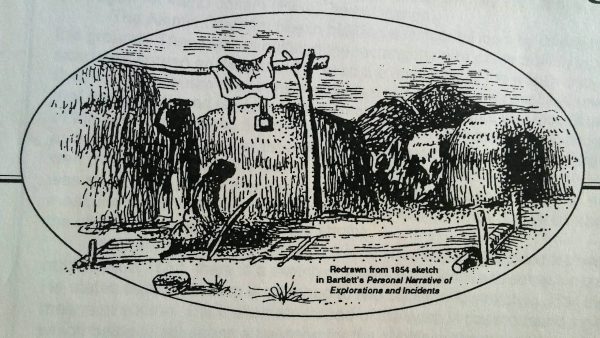“Each and every piece of cloth or weaving embodies the spirit and history of the weaver.”
Weaving is one of the oldest surviving crafts in the world. It is a method of textile or basket production in which two distinct sets of fibers (yarns, threads, or plant materials) are interlaced at right angles to lock them together.
The start of this craft can be traced back to Neolithic times with evidence of interlaced branches and twigs to create fences or crude baskets. About 12,000 years ago people began to move away from the nomadic life when farming skills were developed, and they could build more permanent communities. With farming, man was able to create the first string by twisting plant fibers together into small, tight bundles. The creation of thread and string started the development of weaving, spinning, and sewing.
The ancient civilization of the Hohokam lived in the Sonoran Desert from about A.D. 200 to A.D. 1450, along the Salt and Gila Rivers. It is believed they were farming people who relied primarily on growing maize, beans, squash, agave, and cotton for their subsistence. The Hohokam were among the first people to raise cotton in the United States Southwest. And this lead to the Native Amerian people of the Southwest to be responsible for some of the most renown rug and blanket weavings in the world.

